The Oppo Find X9 is available immediately in Europe. Oppo’s latest device is at the very top end of the spectrum and builds upon the qualities of the previous edition. A robust battery and exceptional zoom capability are once again central.
Oppo launches the Oppo Find X9. Traditionally, the device has been available in China for just over a week, but as of today, the official global launch is taking place in Barcelona. The new phones are immediately available for the European market. The Find X9 appears in two variants: the ultimate top model Find X9 Pro, with a price tag of 1,299 euros, and its smaller sibling, the Oppo Find X9, which costs 999 euros. Both prices include VAT.
Brighter and Brighter
With a screen diagonal of 6.78 inches, the Oppo Find X9 Pro is the larger of the two devices. The regular Find X9 measures 6.59 inches and is a bit more compact. Furthermore, the two phones share many similarities. For example, they have the same thin 1.15 mm bezel, and they employ the same new design language. Anyone who thinks of Apple in this regard is not alone. The frame is made of aluminum and the back of matte glass.
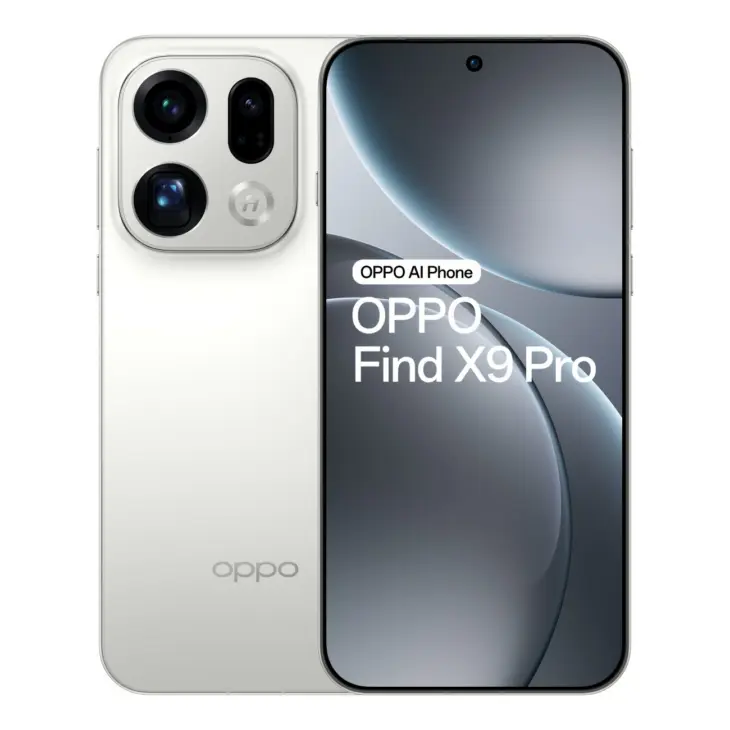
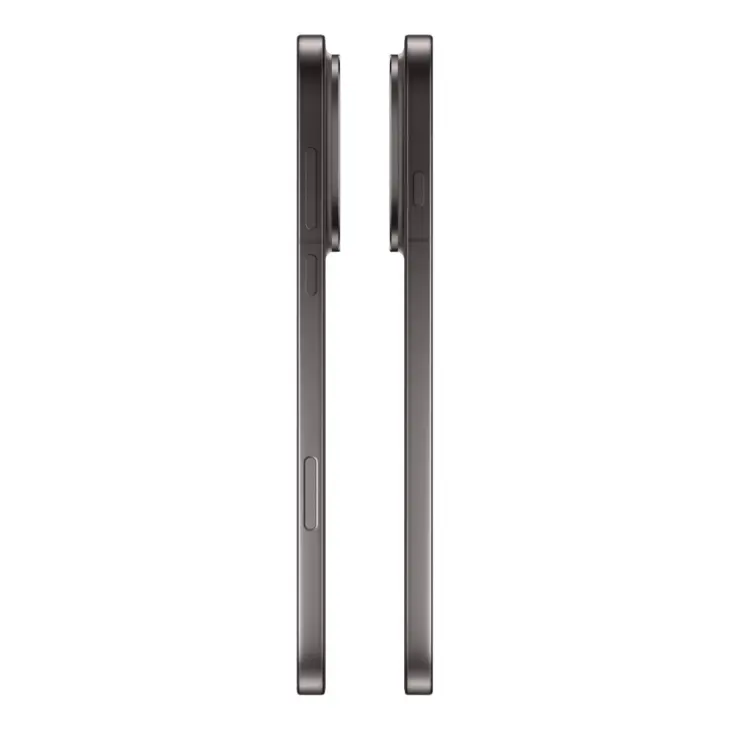
For the screen, Oppo introduces a new display that can be both very bright and very dark. The maximum brightness in normal use is 1,800 nits, which is already quite a lot. In direct sunlight outdoors, the phone can reach up to 3,600 nits. However, if you’re scrolling in your dark bedroom, the minimum brightness of 1 nit ensures your eyes are spared. Whether all that scrolling is also healthy for your brain under those circumstances is something you have to decide for yourself.
Relying on MediaTek
It was previously announced that Oppo would embrace the MediaTek Dimensity 9500 for this device. MediaTek thus offers a powerful alternative to the most premium chips from the Qualcomm stable. Whether the Dimensity can measure up to the Qualcomm Snapdragon 8 series remains to be seen in the review. Oppo certainly has confidence in the chip’s qualities.
Oppo also equips the Find X9 Pro with 16 GB RAM and 512 GB storage. The regular Find X9 gets 12 GB RAM but the same amount of storage.
Exceptional Battery
The battery also differs, although both devices are well-equipped. The smaller variant gets 7,025 mAh, while Oppo packs 7,500 mAh into the larger Find X9 Pro. That is the largest battery we have seen in a smartphone to date.
Oppo reiterates its well-known promise of a long battery life. After five years, it should still retain 80 percent of its original capacity, which in many cases is still more than the starting capacity of most competitors.
Charging occurs at 80 watts, but still only via Oppo’s proprietary SuperVooc technology and not via the Power Delivery standard. Purchasing a charger from the brand is necessary for this. Wireless charging is also possible at 50 watts. Finally, reverse charging from the Oppo Find X9 Pro to another device works at 10 watts. With the enormous battery capacity, this can be useful, for example, for charging wireless earbuds.
“Zoom in and Sharpen”
The battery is just one of the two strengths Oppo presents at the launch of the Find X9 series. The cameras also receive an upgrade. For the regular Find X9, Oppo integrates the main camera from last year’s Pro model. Zooming is possible with a 50 MP sensor behind a 73 mm periscope lens. This makes the capabilities of the Find X9 very similar to those of the Find X8 Pro.
The Find X9 Pro is, therefore, more interesting. It comes with a new main camera built around the 50 MP Sony LYT-825 camera, which Oppo developed together with the sensor specialist. The sensor is said to be 30 percent more light-sensitive.
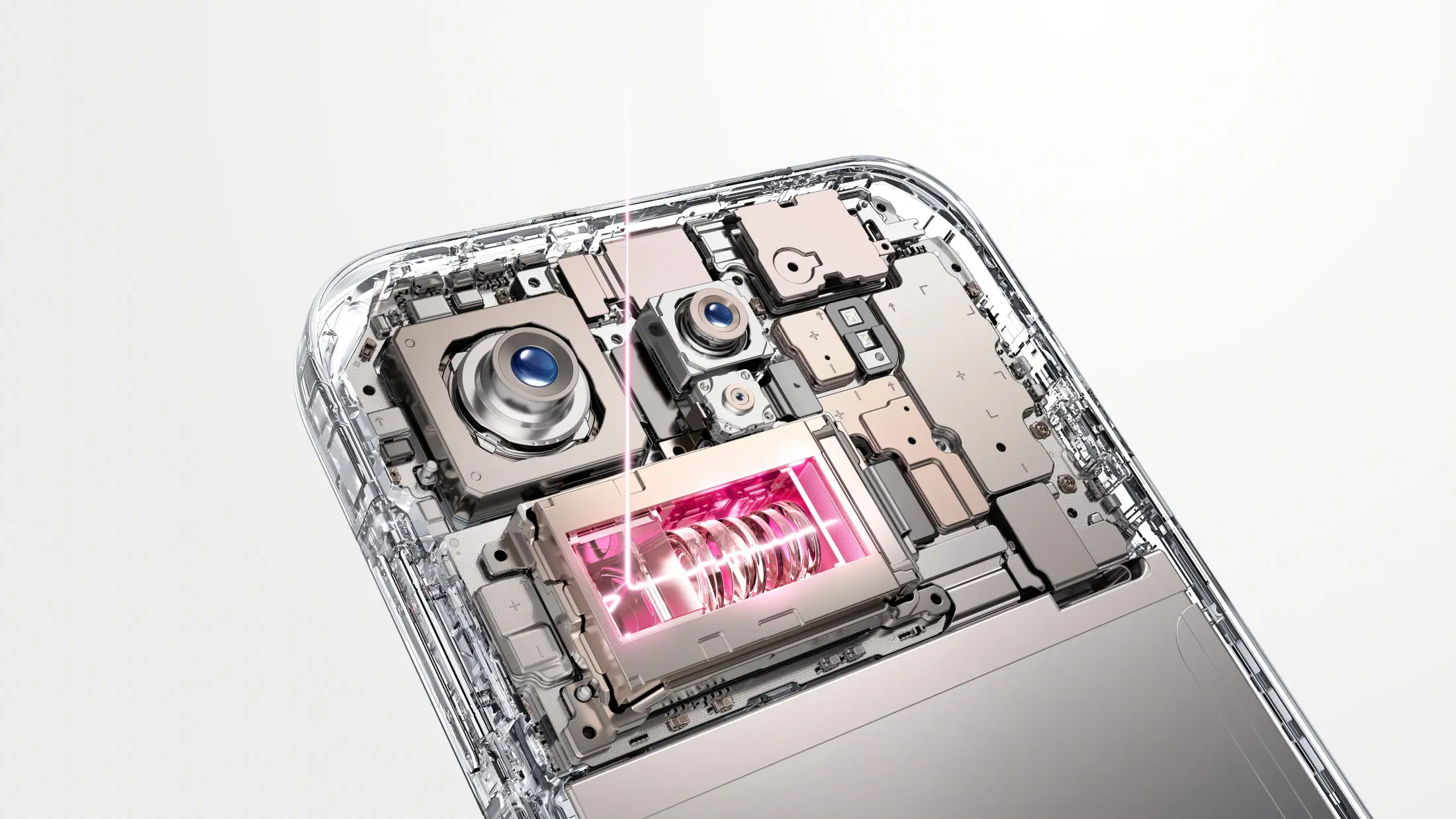
A telephoto camera with a periscope lens is also present, and with it, Oppo goes all out. Indeed, behind the lens is a 200 MP sensor. Optically, you get a 3X zoom, but thanks to the 200 MP sensor, you can zoom up to 13.2 times without compression. Below you can see an overview from wide-angle to main camera and periscope camera, up to the maximum 120X digital AI zoom.









LUMO: Doing away with Pixel Binning (Sometimes)
This year, Oppo prides itself on giving you many megapixels, without claiming that those megapixels are a panacea. The smartphone specialist points to its new LUMO Image Engine. That is the name for Oppo’s smart photo algorithms that simultaneously distribute workloads across CPU, GPU, and NPU. The result is photos that no longer require pixel binning in normal lighting conditions.
A quick refresher: most smartphone cameras today take photos at approximately 50 MP, but then combine every four pixels into one to gather more light information. The result is a beautiful photo with a relatively modest resolution of 12 MP. Oppo claims that with LUMO and the embedded sensors, it can offer the same quality without that binning, thus at the sensor’s maximum resolution.
If lighting conditions become more challenging, the sensor will dynamically bin by combining two or four pixels into 25 MP or still 12 MP photos.
read also
Oppo Find X8 Pro review: Hubble telescope in your pocket
For the 200 MP sensor and zoom, these capabilities specifically translate into the ability to take sharp photos of a stage, where light is usually scarce and the distance is great. This is useful for business events where you want a sharp photo of the slide or speaker, but naturally also for concerts. Oppo calls this device “the ultimate concert phone.”
4k Filming
Finally, we also mention the 50 MP wide-angle camera, which was already good last year and will now benefit from LUMO technology. Selfies are again taken at 50 MP. For this edition, Oppo also partners with Hasselblad, resulting in “Hasselblad-certified lenses.” Whether that means anything, we’ll leave it at that. The fact is that Oppo combines large sensors: with real glass lenses and advanced optical image stabilization: a promising package.
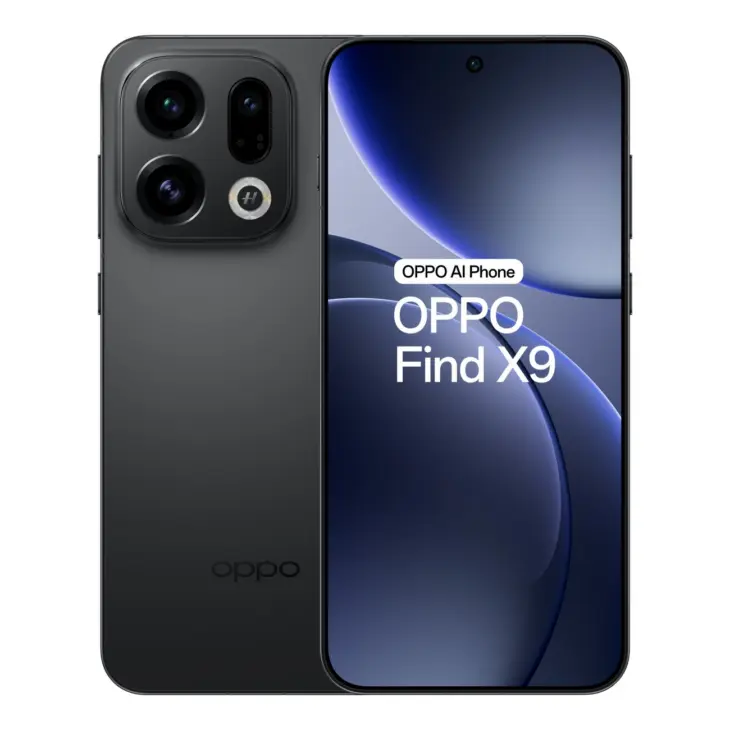
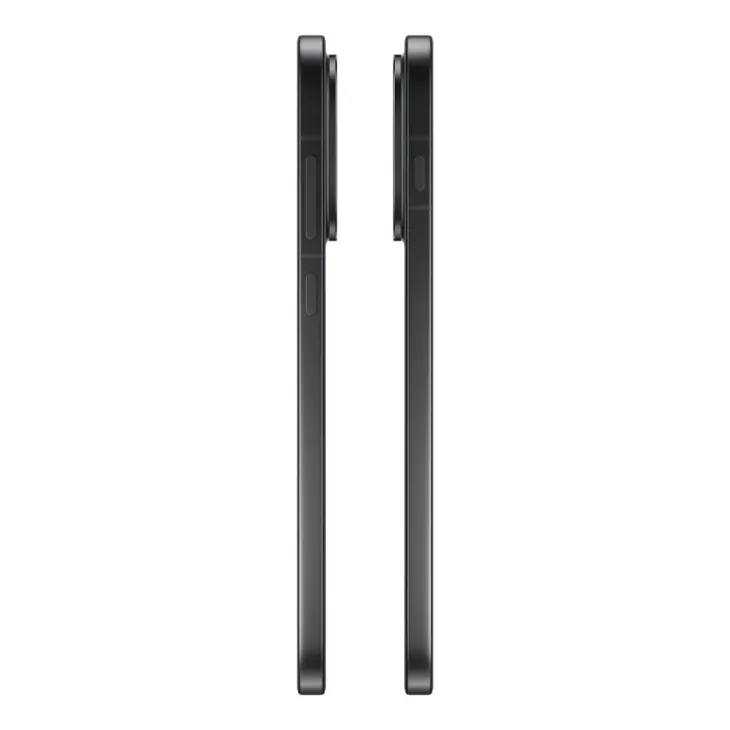
All cameras can film in 4K at 60 fps. For the main and telephoto cameras, 120 fps is possible. For those with semi-professional ambitions with this device’s cameras, LOG recording is possible. Conversely, if you want to take moving snapshots without too much thought, you can take live photos in 4K resolution.
6 Years of Updates
The Oppo Find X9 series ships with Android 16 in the form of ColorOS 16. Oppo will provide five years of OS-updates and six years of security updates. That’s quite good, but Samsung and Google do better with zeven years of updates.
Furthermore, we should mention that Oppo again provides AI functions that run both locally and in the cloud. When cloud computing power is needed, Oppo guarantees that everything happens in a private environment, so you don’t share photos with Xi Jinping. These AI functions primarily include photo-related features.
Bloatware
Unfortunately, Oppo does not learn from all its mistakes. We were able to briefly get started with the device and noticed that conspicuous bloatware is present again.

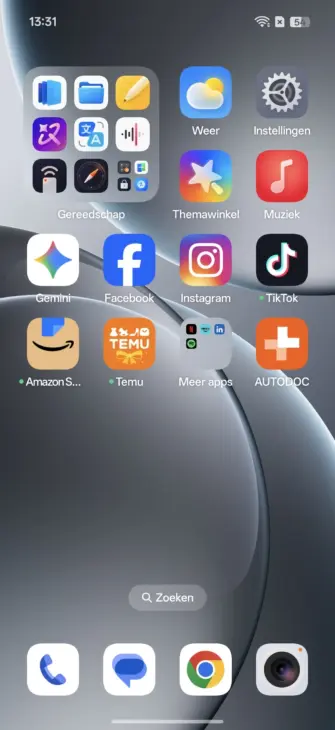

Not only are Temu and TikTok shoved down your throat, but even the ridiculous “Autodoc” app, with which you can playfully buy car parts and give away your personal data, is present again. We also immediately get ads in the photo app. Oppo delivers hardware and software that competes with the very best devices on the market, so why tarnish that experience with such junk?
High Expectations
The Oppo Find X9 series, and especially the Pro, are nevertheless promising devices. Oppo builds upon the strengths of the Find X8 and the Find X5 before it, which consistently garnered rave reviews. The new design without a gigantic camera circle is a welcome refreshment, and the cameras are a significant step forward on paper.
In daily use, we expect a lot from the battery. Is this the first smartphone that can truly last two days without recharging? Depending on your usage intensity, it’s a real possibility.
Oppo has proven multiple times that it competes at the high end of the spectrum. The Find X series consistently offers a mature alternative to more established names like Samsung or even its own subsidiary OnePlus.
As mentioned, the Oppo Find X9 and Find X9 Pro are available immediately for 999 euros and 1,299 euros respectively, incl. VAT.
